Margaret Ely Webb was born on this day (27 March, 1877) 148 years ago and it felt only right to publish this today, along with it being Women’s History Month. The impetus for this article started when I realised her Wikipedia page was abysmally short (and filled with incorrect info including her birthday). Her life hasn’t been well documented but below I’ve focused on her education and early work experience with periodicals. My own comments are set apart from the text in purple block quotes and at the very end you can download 250+ never-before-seen Webb illustrations.
Early life
Margaret Ely Webb was born on the 27th March 1877 in Urbana, Illinois (not 1887 in New Jersey as Wikipedia reported). She was the first daughter of Professor John Burkitt Webb (1841–1912) and Mary Emeline Gregory (1850–1937).
Her siblings include:
Gregory Burkitt Webb, Architect 1878–19481
Hubert Greaves Webb, US Navy lieutenant 1882–1953 4
Harold Worthington Webb, Physics teacher at Columbia University and US Army captain 1884–19745
Carolus Roe Webb, Clergyman 1886–19686
Her father was born in Philadelphia and received his civil engineering degree from the University of Michigan in 1871. He was a Professor of Civil Engineering at the University of Illinois Urbana-Champaign and taught from 1871-1878 (Haltiwanger, 2003), Chair of Applied Mathematics at Cornell University and taught at the Stevens Institute in New Jersey. Because of his work and studies abroad, the family often travelled to Europe so he could attend lectures and do experimental work in laboratories (Furman, 1905). His books can still be found on the web.
In 1876 he married Mary Emeline Gregory, the eldest daughter of Hon. John Milton Gregory, the president of the University of Illinois (where he was working). She was known to be a “lady of high scholarly attainments and literary tastes” (Furman, 1905, p. 245). Margaret attributes a lot of her pleasure in the close observation of nature to “the simple botany lessons that began at the age of eight or nine with her mother, consisting largely of the drawing of leaf outlines with descriptions” (Niles, 1914, p. 172). Her mother would also select the books she would read:
“Indeed, as soon as her mother realized that the one thing she was going to do was to draw she made up her mind to see that the child’s imagination got its proper food, and every sort of good imaginative literature and picture was quietly laid where she would stumble upon it. At twenty Miss Webb has read only two or three books that her mother had not chosen.” (Niles, 1914, p. 174)
Interestingly, children’s literature was ‘forbidden’. As a child, Webb was also known to draw on everything she had access to — books and walls even prayer books in church. She would cry at school when the drawing pencils were brought out, only because they meant the drawing of orderly and straight lines! (Niles, 1914)
For more on the books Webb read you can read my article here:
Her father died of influenza in 1912 and in 1917 her mother married Charles Albert Storke7.
Jess comment: There’s some differing spellings of Lankester or Lankaster as well as Burkett or Burkitt. I’ve based the spelling on their death and marriage certificates, respectively.
Education and early career
Early education (1890-1893)
At the age of thirteen, Webb began her first drawing lessons with Lucy Tye Fenner based in New Jersey.
Jess comment: This article states “under a Miss Fenner and her sister” who I’ve deduced is Lucy Tye Fenner (1865–1948) — she was based in New Jersey, around 6 km/3.5 miles from where the Webbs were living at the time in 1890. Although it’s particularly hard to find any information on Fenner. This ‘Woman on Horseback’ painting is the only one I’ve been able to find online. In 1896 she exhibited a painting at the American Water Color Society.
Lucy had a few sisters including Emiline (Emily), Minnie and Elizabeth. The other sister who initially taught Webb too would I guess be Emiline, given this 1870 census stating Emiline Fenner’s occupation as a portrait painter. I haven’t been able to find any paintings she’s done online, although it’s reported she exhibited at the Eighteenth Annual Exhibition of the American Water Color Society, Boston Art Club and the National Academy of Design.
Arts Students League of New York (1893, 1896-98)
Motto: Nulla Dies Sine Linea or No Day Without a Line
In 1893 at age sixteen, Webb started at the Art Students’ League of New York but because of illness she postponed her studies until three years later in 1896 when she went to study at the Cooper Union Women’s Art School and again at the League (Niles, 1914).
Jess comment: It’s unclear but I believe she would’ve attended the Cooper Union at night and the League in the daytime.
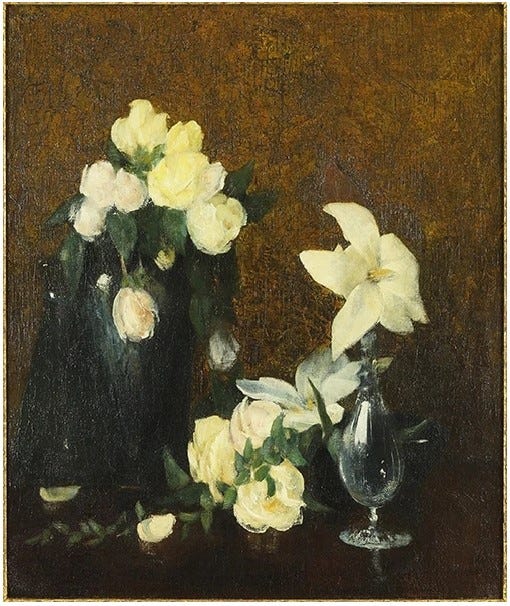
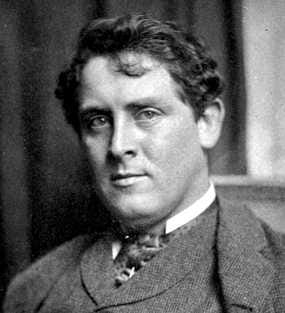
At the League, she had a summer class under Julian Alden Weir where she would produce careful drawings of flowers.
Julian Alden Weir was an American impressionist painter. He received his training at the National Academy of Design, and the influential École des Beaux-Arts under history painter Jean-Léon Gérôme.
“These were done out-of-doors, wherever the flower or spray happened to grow, and we were not to grudge any amount of time put into the simple pencil outline.” (Niles, 1914, p. 172)
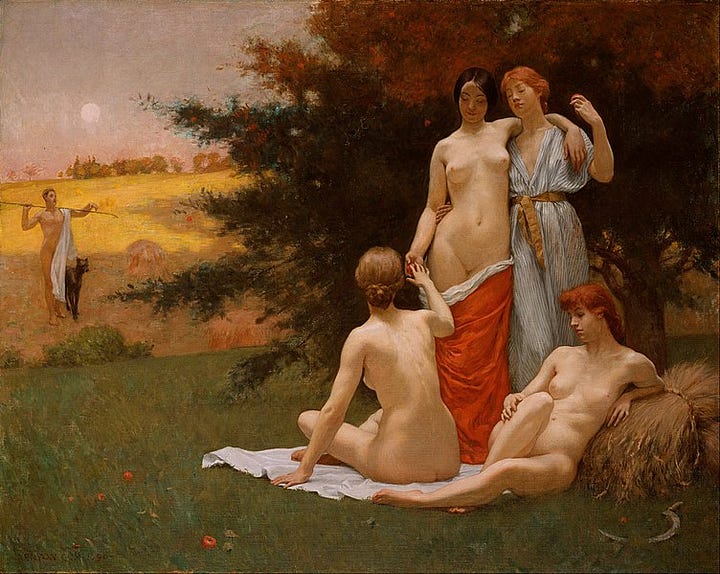
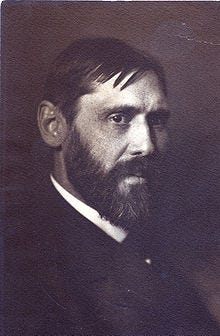
Of her other instructors, John H Twachtman and Kenyon Cox meant the most to her. It was Cox’s composition class she described as “both illuminating and inspiring” (Niles, 1914, p. 175).
Kenyon Cox was an influential instructor at the League, having designed their logo, and maintained that traditional art should be studied in defiance of the modernist art styles emerging at the time. He studied under Carolus-Duran (who taught John Singer Sargent) for a brief period and Jean-Léon Gérôme at the École des Beaux-Arts.
Jess comment: Cox also wrote extensively on art and his books are available online. You can read his lecture on Design (composition) below:
On design (composition):
“That is the problem of the balancing of dominant and subordinate masses. What is the general silhouette of your figure, and where shall it cut the borders of your canvas? That is the problem of line. If you do not settle it intentionally and well it will settle itself accidentally and, in all probability, badly.” (Cox, 1911, p. 82)


Contemporary insights into the Arts Students’ League
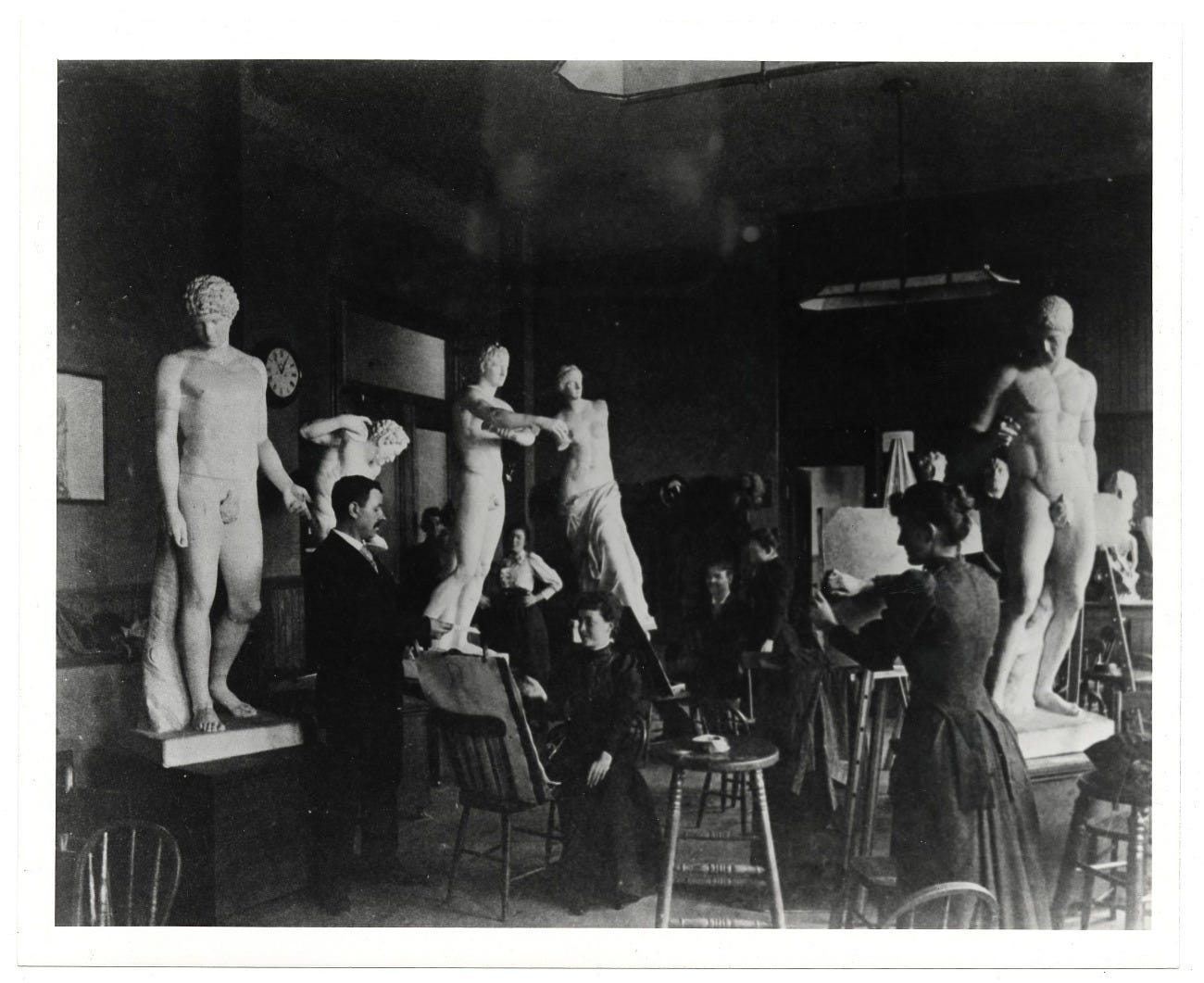
“For did not those charcoal drawings of block-hands, on which we were laboring for fifteen or twenty hours a week, occasionally blossom out in charming marginal sketches of imaginary children. — Webb” (Niles, 1914, p. 172)
What was it like to study at the League? I’ve compiled a few first hand accounts here below. Edith Dimock’s attendance would’ve overlapped with Webb’s and Norman Rockwell’s account would’ve been made ten years later.
The painter Edith Dimock, a student from 1895 to 1899, described her classes at the Art Students League:
“In a room innocent of ventilation, the job was to draw Venus (just the head) and her colleagues. We were not allowed to hitch bodies to the heads—yet. The dead white plaster of Paris was a perfect inducer of eye-strain, and was called "The Antique". One was supposed to work from "The Antique" for two years. The advantage of "The Antique" was that all these gods and athletes were such excellent models: there never was the twitch of an iron-bound muscle. Venus never batted her hard-boiled egg eye, and the Discus-thrower never wearied. They were also cheap models and did not have to be paid union rates.” (Wardle, 2005, p. 105)
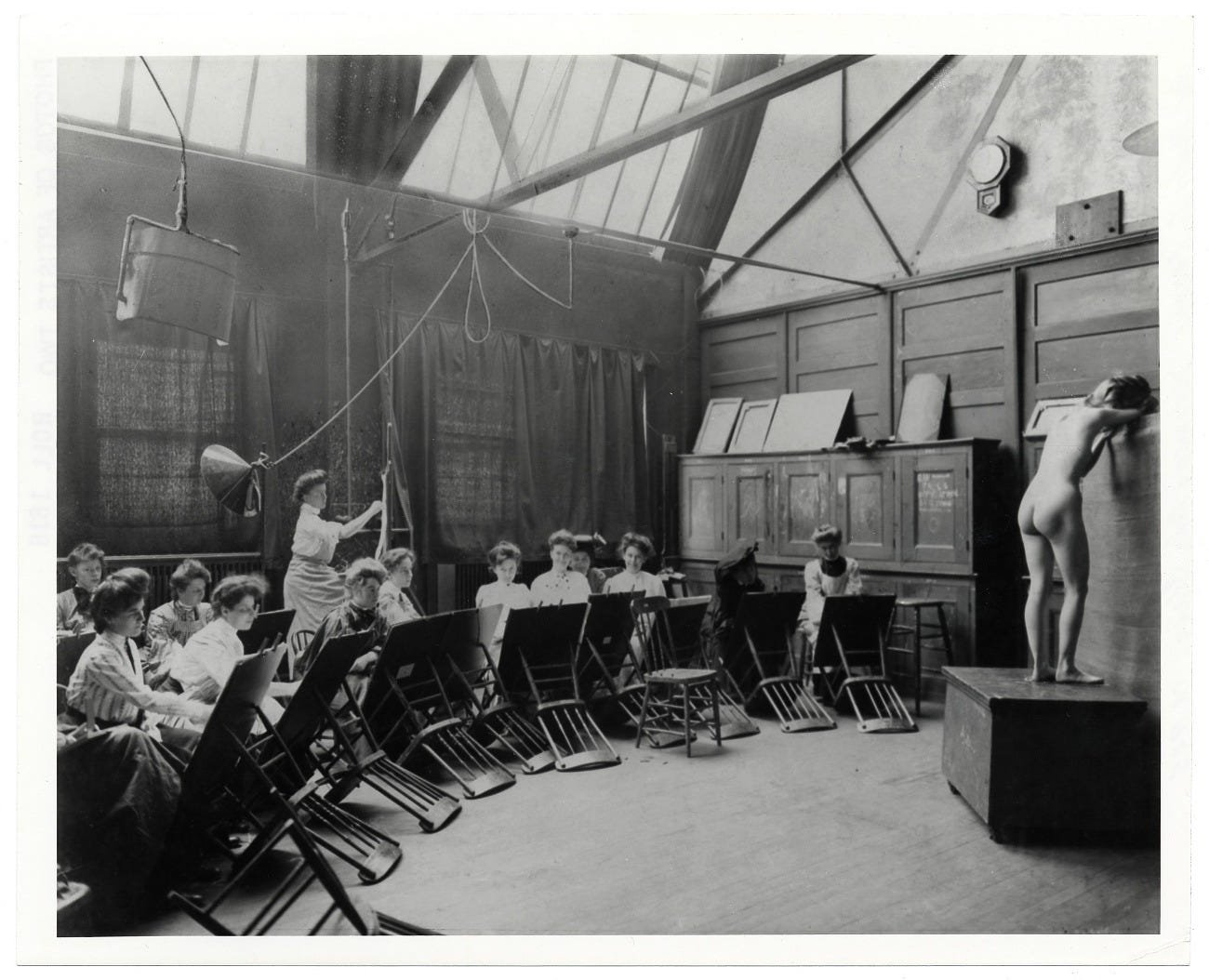
Norman Rockwell, possibly America’s most enduring illustrator and painter, studied at the League around 1910 under George Bridgeman and Thomas Fogarty. In his book My Adventures as an Illustrator he describes his experiences, starting similarly in a room lacking ventilation:
‘The crowd, spilled turpentine, and all the windows shut so the model wouldn't catch a cold, it wasn’t long before the classroom began to smell like a gymnasium and a paintshop. I remember one day a student who worked as a sewer cleaner for the city came to visit Mr. Bridgeman in his work clothes and as he passed somebody said, “Thank God for a breath of fresh air.”’ (Rockwell, 1960, p. 71)
On recalling how George Bridgeman would conduct a life drawing class:
‘And digging for a nubbin of soft red chalk from his shirt pocket, he’d walk to the model stand and draw the muscles of the stomach and the lines of the rib cage right on the model with his chalk.’ (Rockwell, 1960, p. 79)
His book has more humorous accounts of his life which you can read below
Early career and work experience (1897-1907)
The School Journal, 1897-1903
During Webb’s second year at the League she saw an advertisement from The School Journal looking for illustrators for the magazine (a periodical aimed at teachers and principals). She showed her work to the editor Ossian Lang and was immediately hired. Her first task was to make ‘blackboard’ designs (for themes like Valentine’s Day, Christmas, New Year, Springtime etc) for teachers who could then copy the designs for their own classrooms. It was here that she gained experience in drawing for print reproduction (Niles, 1914).
The first illustration was featured in the November 27, 1897 Vol 55 Issue 20 of The School Journal. It features three children creating a holly garland in a simple lineart style with the words Christmas Day (and a suggestion to use parallel lines to shade the lettering). It’s interesting to see how her linework, lettering and compositions develop over the years she did the blackboard designs for the periodical. She went on to do over 60 blackboard designs from 1897-1903.
The School Journal, The Primary School and Month by Month books were published by the same publisher, E. L. Kellogg & Co, heralded by Amos Kellogg, which all used Webb’s illustrations. One day the publisher called on Webb to suggest that her lettering could be improved, and from 1903 onwards there’s a noticeable confidence in her lettering as she studied books like Alphabets by Edward F. Strange.
St. Nicholas, 1901-1906 (magazine)
St. Nicholas was an American’s children’s illustrated magazine publishing writers like Frances Hodgson Burnett and Louisa May Alcott. Webb submitted illustrations (often standing on their own) as well as illustrations paired with stories written by other authors. She was a frequent contributor from 1901 to 1906 and then only sometimes in 1913 and 1919.
‘The first drawing that Miss Webb offered to “St. Nicholas” just before her acquaintance with “The School Journal” I think,— was rejected. The second, a little later, was accepted, and she thought she had reached the summit of her ambitions.’ (Niles, 1914, p. 179)
The Churchman, 1902-1907 (newspaper)
The Churchman was an American Episcopalian periodical published weekly. Webb herself was Episcopalian (Fay, 1957). Inside were editorials on bible readings, church news, religious literature and a few pages dedicated to a section titled ‘Young People’s Department’. It was here that Webb illustrated a plethora of stories, written by authors like Abbie Farwell Brown and even had her own verses published. From 1902-1907 over 120 of Webb’s illustrations can be found among the pages.
Other periodicals
The Century was another magazine Webb contributed to, although less so than St Nicholas (both were published by the same company, Charles Scribner’s Sons or simply Scribner’s). The Youth’s Companion and The Epsworth Herald also featured Webb’s illustrations.
Download
In compiling as comprehensive of an account of Webb’s early life I went through as many periodicals as I could downloading every instance of Webb’s illustrations. Some weren’t even credited to her! So even if you searched for “Margaret Ely Webb” in the periodicals very little would show up — I had to manually look through them to find her works. As you can imagine, this took days. Below you can download over 250 never-before-seen illustrations.
A few notes:
I’ve only focused on illustrations drawn between 1897-1907 (Webb was 20-30 years old), but there’s a few added beyond this range.
All illustrations are uncropped and unedited, so you’ll find some illustrations may or even may not relate to the surrounding text (as was the style to put illustrations to fill the page).
It’s arranged by year drawn. Periodicals like Month by Month Books tended to use old illustrations, so you might see a 1897 illustration by Webb in a 1904 issue. Here I’ve disregarded publication dates and have arranged by the actual year the illustration was drawn.
When there was limited information like just a signature and no year, it was possible to tell which year based on her changing signature style.
If there was no signature at all, I made an educated guess guided by her lineart style and named the file ‘[year] ish’ (like ‘1899 ish spring blackboard’).
This has been an absolute labour of love and I’m offering the download as a ‘pay what you want’ model starting at … nothing! The whole folder is free to download but if you enjoyed the article and want to support my research into more Margaret Ely Webb deep dives you can enter what you think the download is worth to you :) Any sales go towards archival newspaper subscriptions so I can continue my research! I’ve got so much more to explore.
-Jess
Liked this article? You can now also buy me a coffee!
References
Fay, J. (1957, March 31). Margaret Ely Webb Kept Busy With Her Varied Abilities, Santa Barbara News-Press. https://cdnc.ucr.edu/?a=d&d=SBNP19570331.1.19
Furman, F (1905). Morton Memorial: A history of the Stevens Institute of Technology with biographies of the trustees, faculty and alumni. Stevens Institute of Technology. https://issuu.com/s.c.williams-library/docs/mortonmemorial
Haltiwanger, J. D. (2003). CEE History & Heritage Part One: 1867-1926. Civil and Environmental Engineering Alumni Association — Fall/Winter 2003. https://ws.engr.illinois.edu/sitemanager/getfile.asp?id=1516
Niles, B. (1914). Margaret Ely Webb and Her Pictures of Child-Life. The School Arts Magazine, 14(3), 170-181. https://archive.org/details/sim_school-arts_1914-11_14_3/page/170/mode/2up?view=theater
Wardle, M. (2005). American Women Modernists: The Legacy of Robert Henri, 1910-1945. Rutgers University Press
Image research citations
"Essex, New Jersey, United States records," images, FamilySearch (https://www.familysearch.org/ark:/61903/3:1:S3HY-DHXS-4MF?view=index : Mar 5, 2025), image 563 of 643; United States. National Archives and Records Administration.
"Essex, New Jersey, United States records," images, FamilySearch (https://www.familysearch.org/ark:/61903/3:1:S3HY-DHXS-4MF?view=index : Mar 5, 2025), image 563 of 643; United States. National Archives and Records Administration.
"San Joaquin, California, United States records," images, FamilySearch (https://www.familysearch.org/ark:/61903/3:1:3QS7-89S6-XSSW?view=index : Mar 5, 2025), image 2453 of 2844; San Joaquin County (California). Recorder.
"Essex, New Jersey, United States records," images, FamilySearch (https://www.familysearch.org/ark:/61903/3:1:S3HY-DHXS-4MF?view=index : Mar 5, 2025), image 563 of 643; United States. National Archives and Records Administration.
"Essex, New Jersey, United States records," images, FamilySearch (https://www.familysearch.org/ark:/61903/3:1:S3HY-DHXS-7Y1?view=index : Mar 5, 2025), image 564 of 643; United States. National Archives and Records Administration.
"Essex, New Jersey, United States records," images, FamilySearch (https://www.familysearch.org/ark:/61903/3:1:S3HY-DHXS-7Y1?view=index : Mar 5, 2025), image 564 of 643; United States. National Archives and Records Administration.
"Philadelphia, Philadelphia, Pennsylvania, United States records," images, FamilySearch (https://www.familysearch.org/ark:/61903/3:1:S3HT-D1XT-W1?view=index : Mar 5, 2025), image 209 of 462; Philadelphia County (Pennsylvania). Register of Wills.


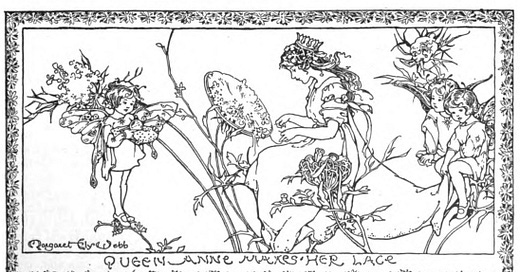





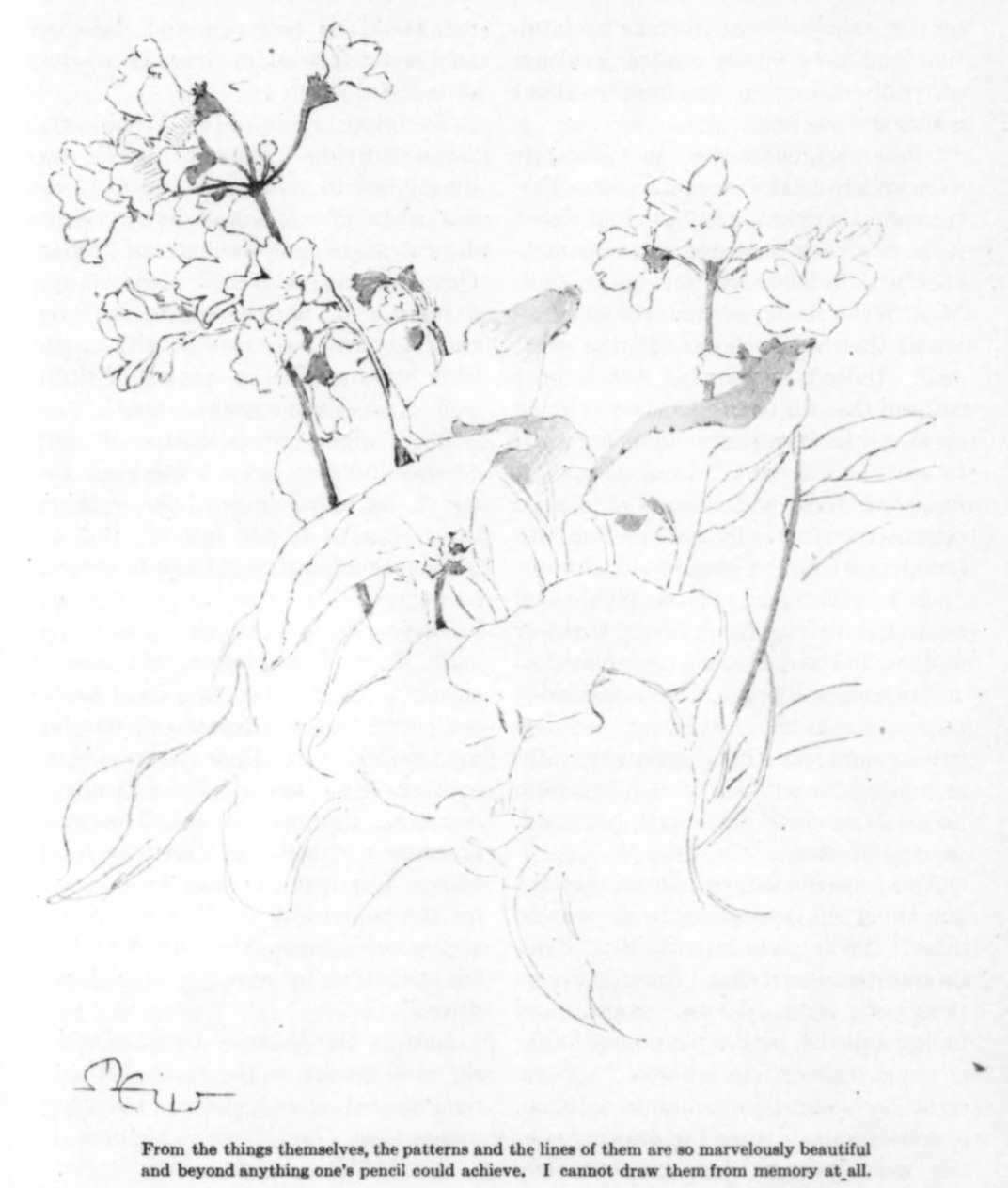


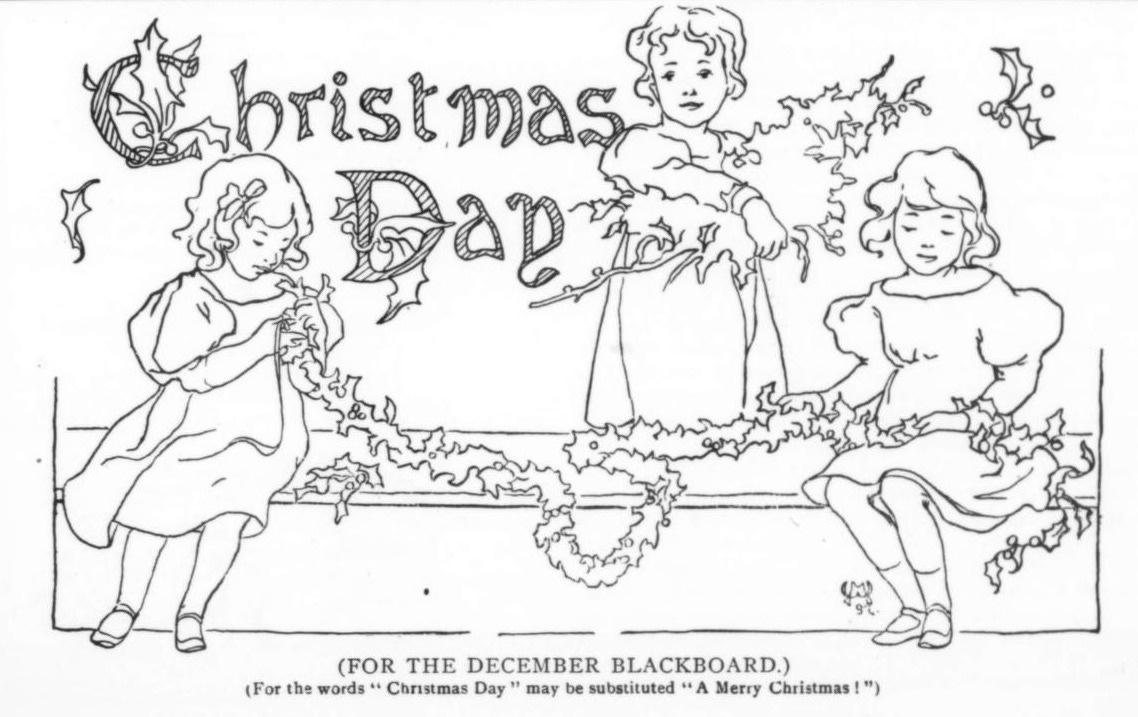
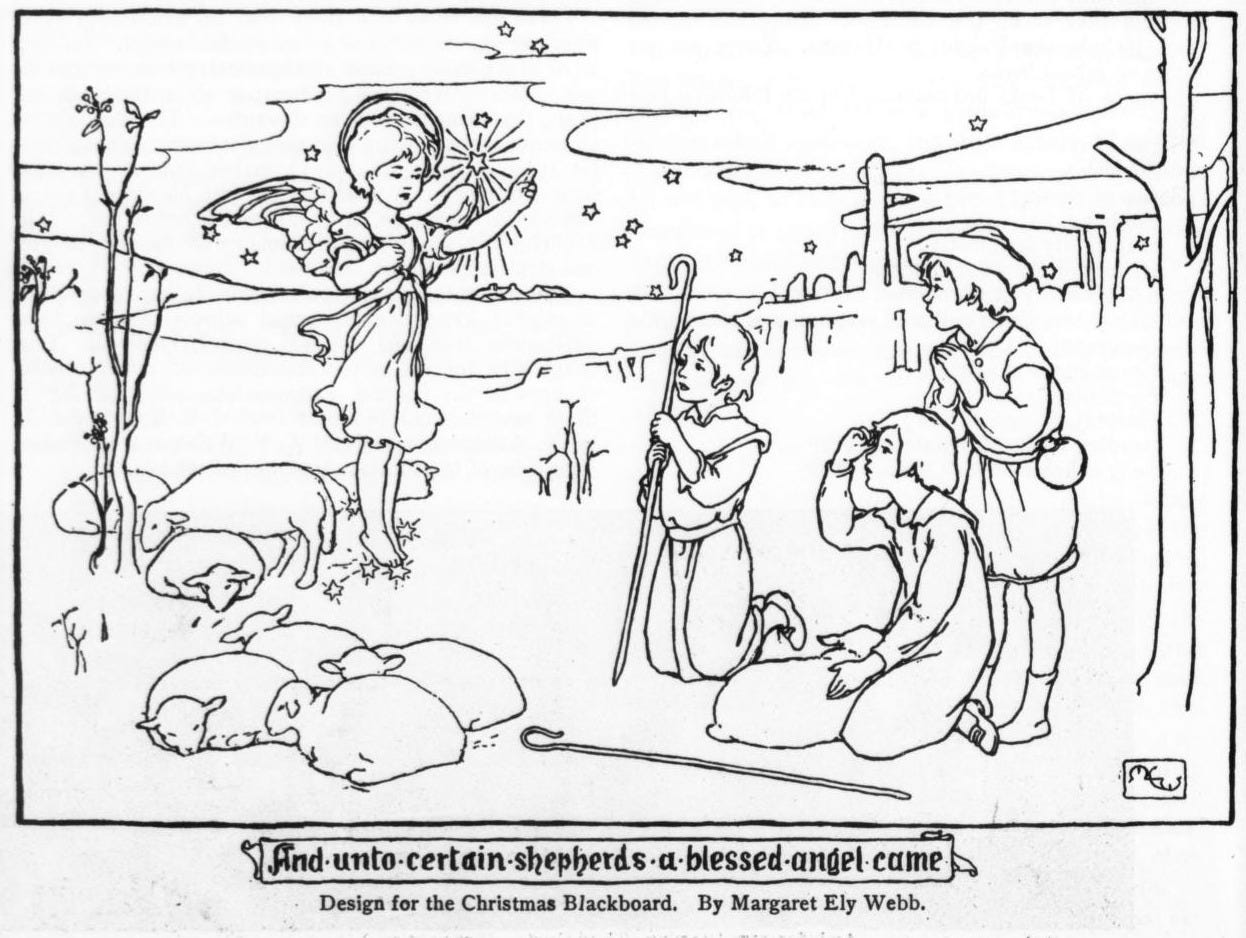
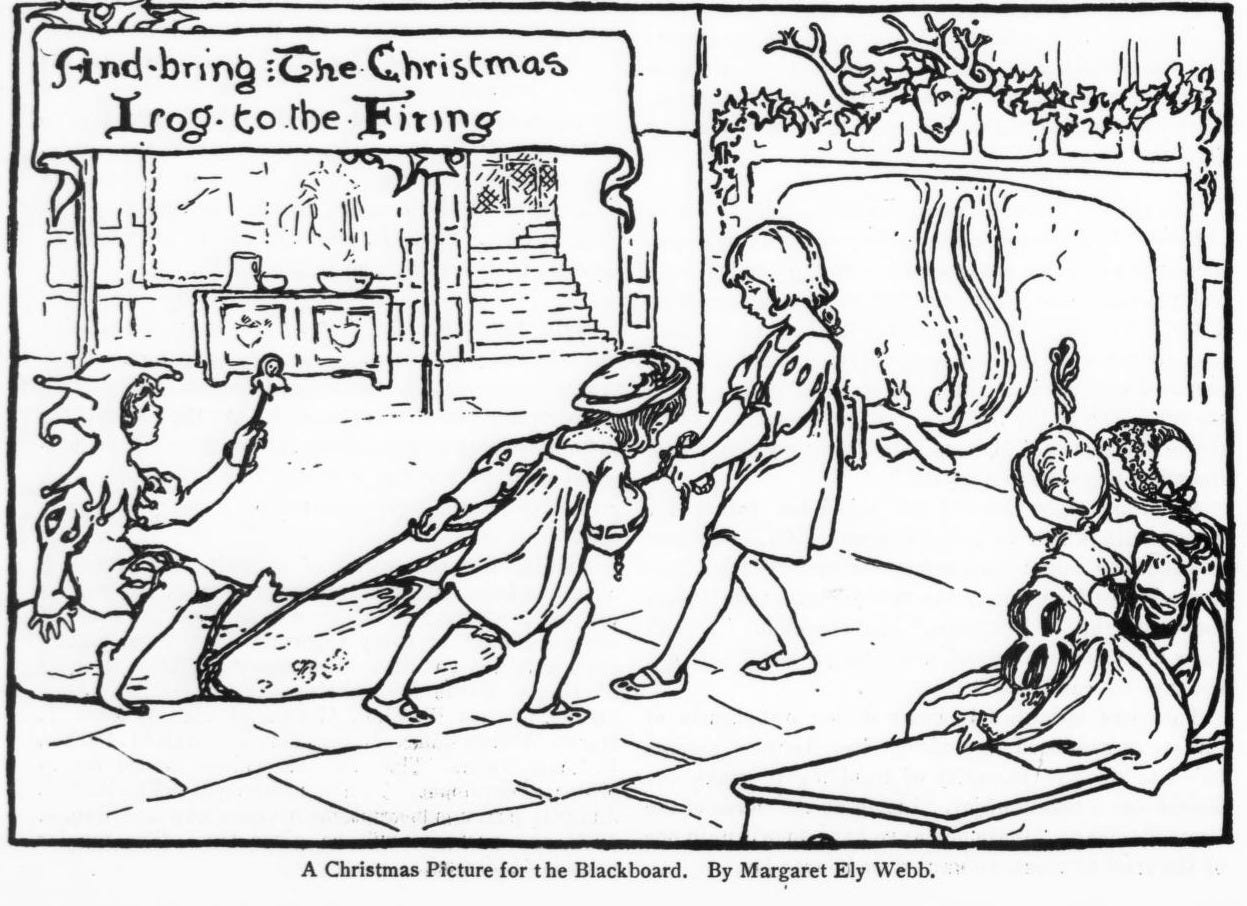
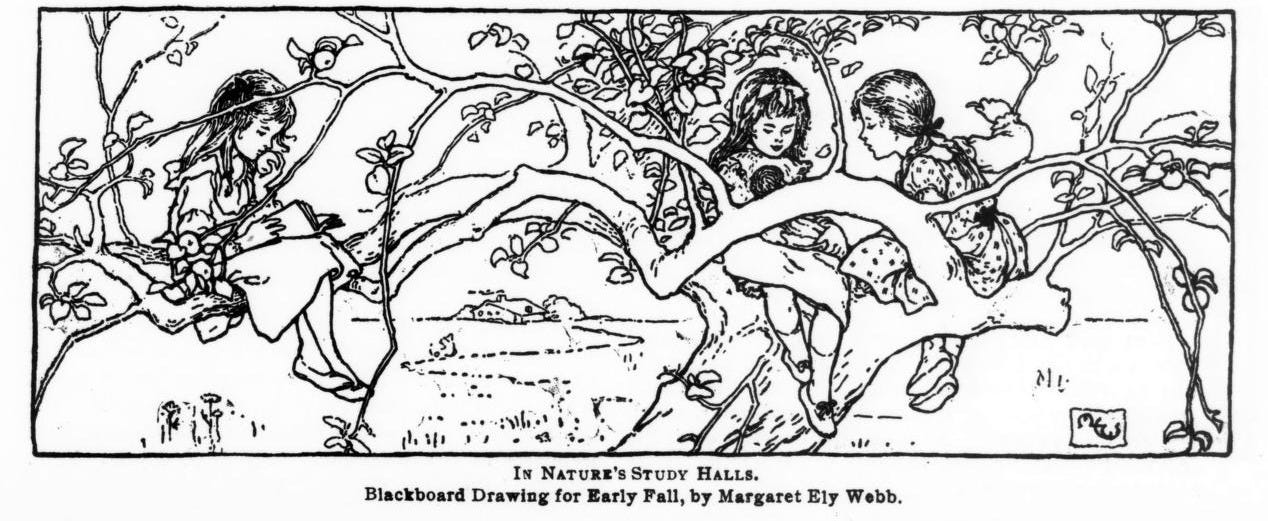


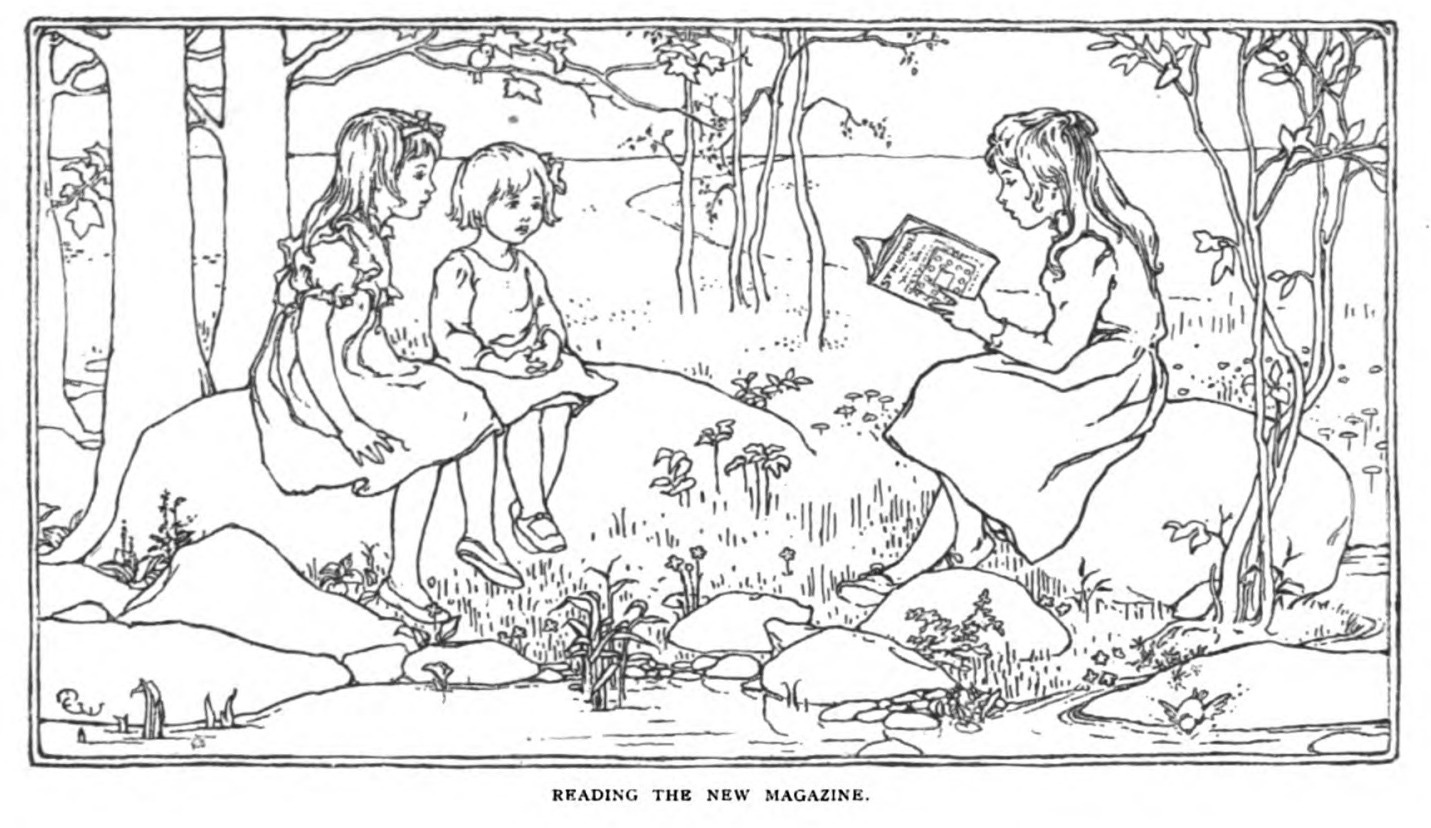
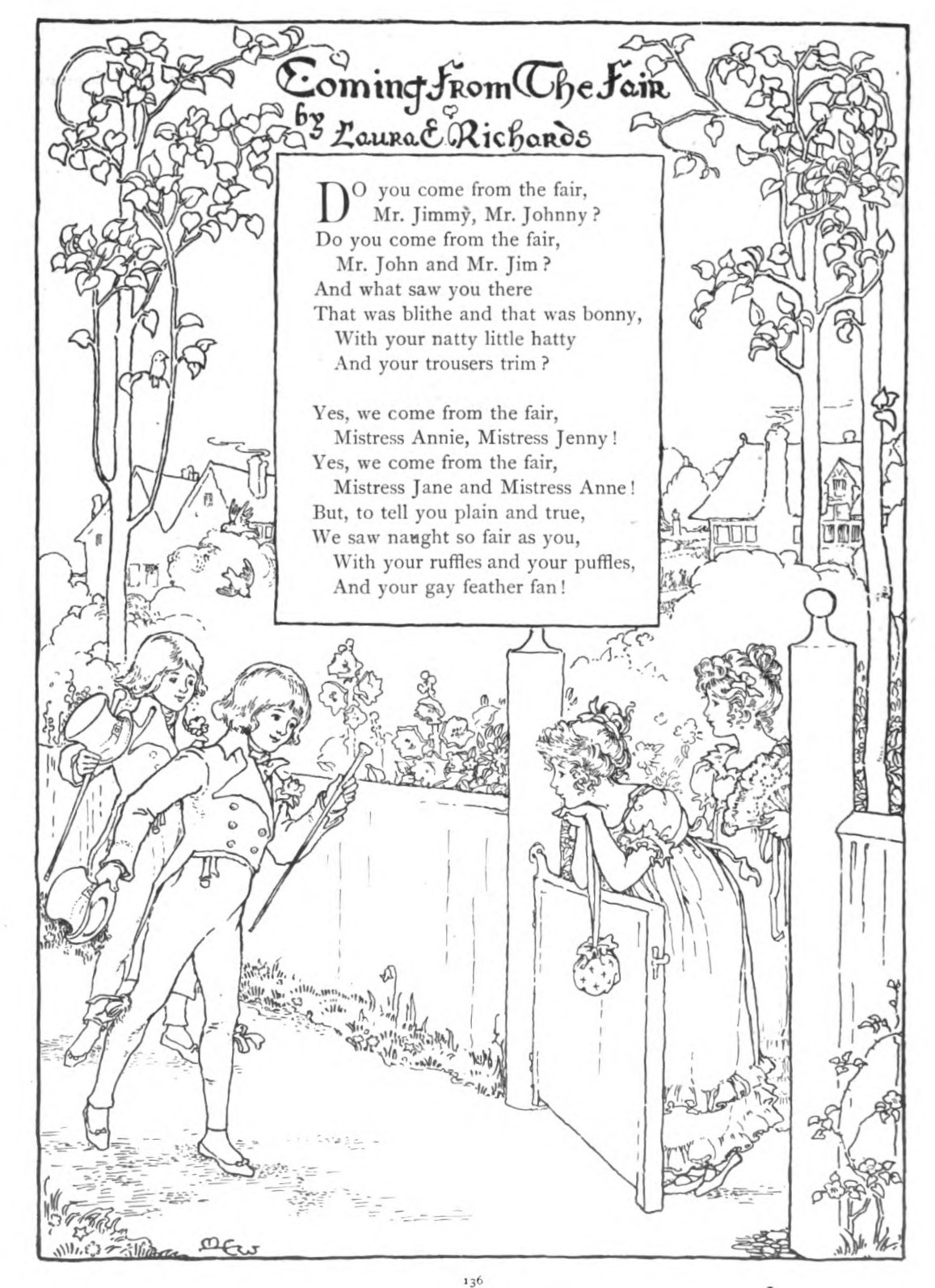


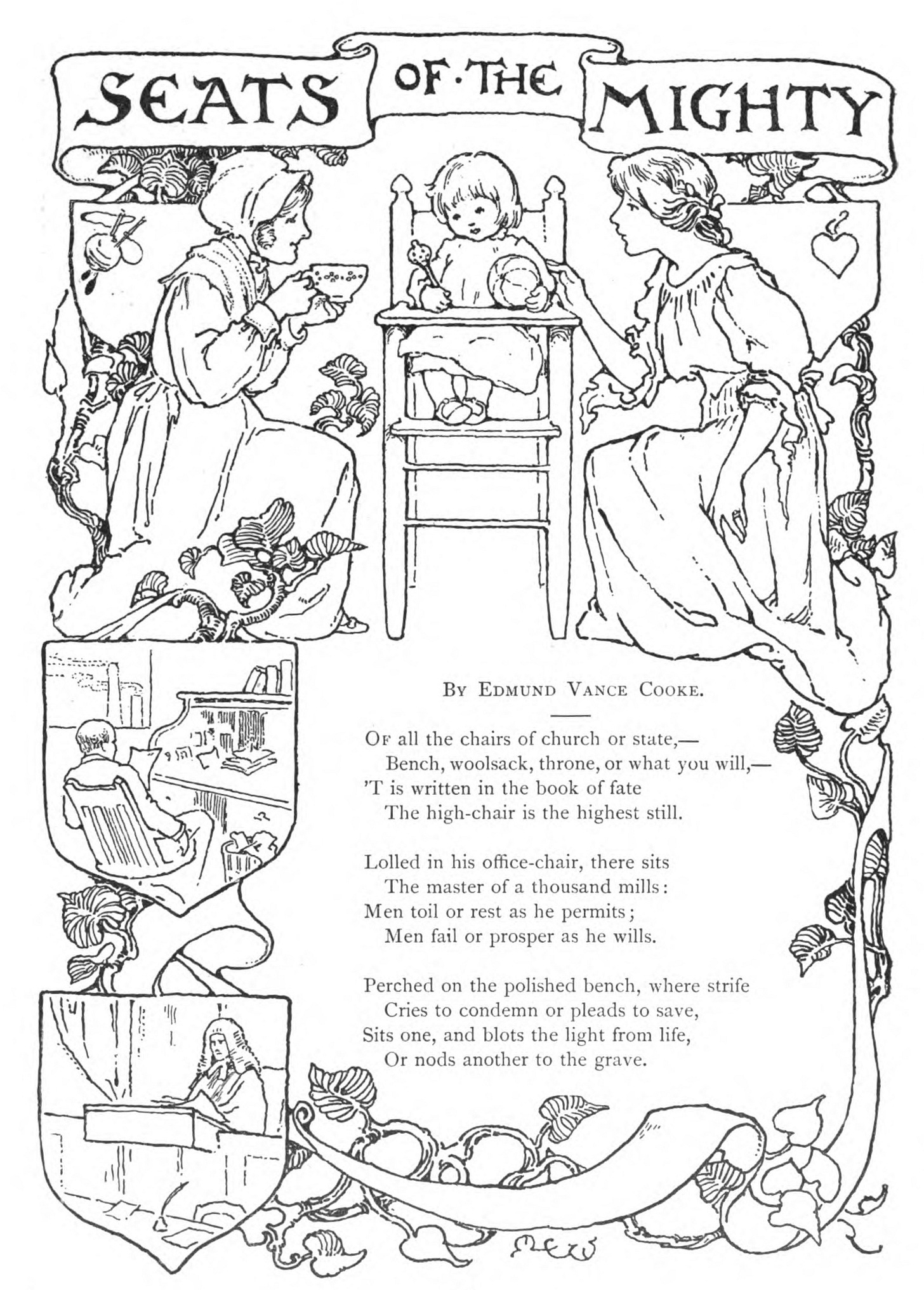
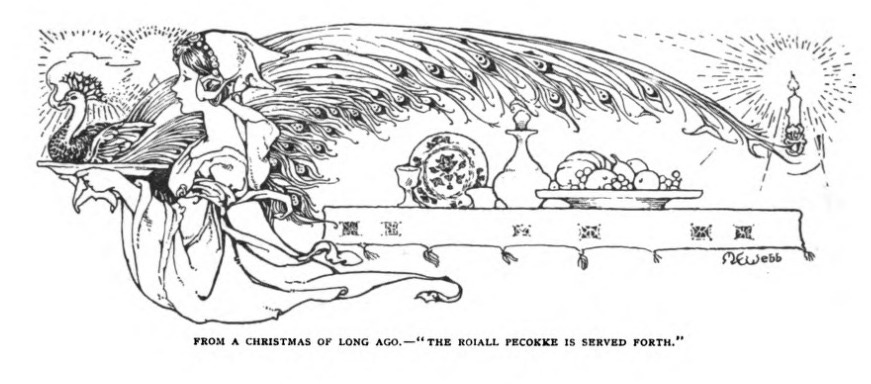

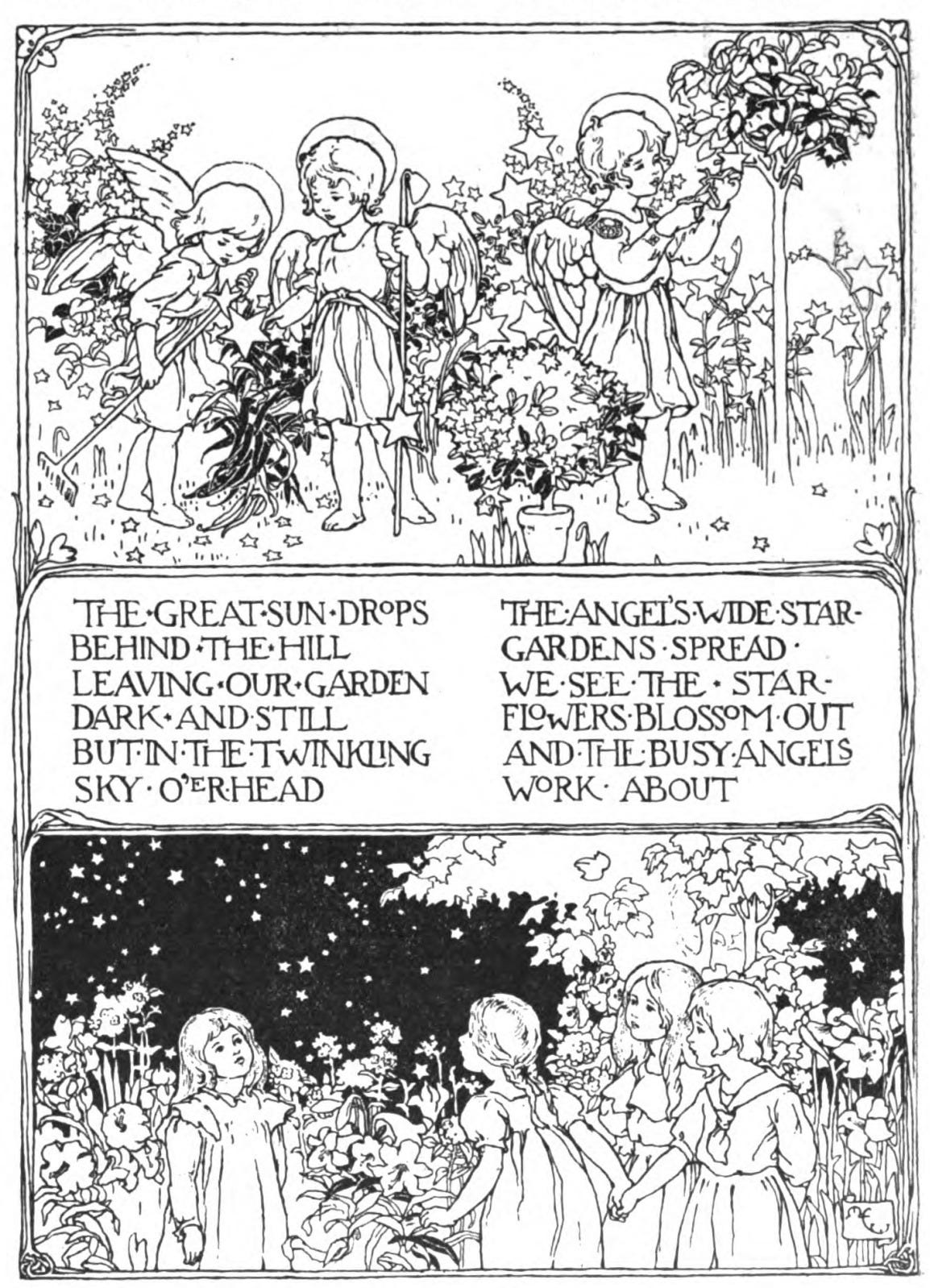

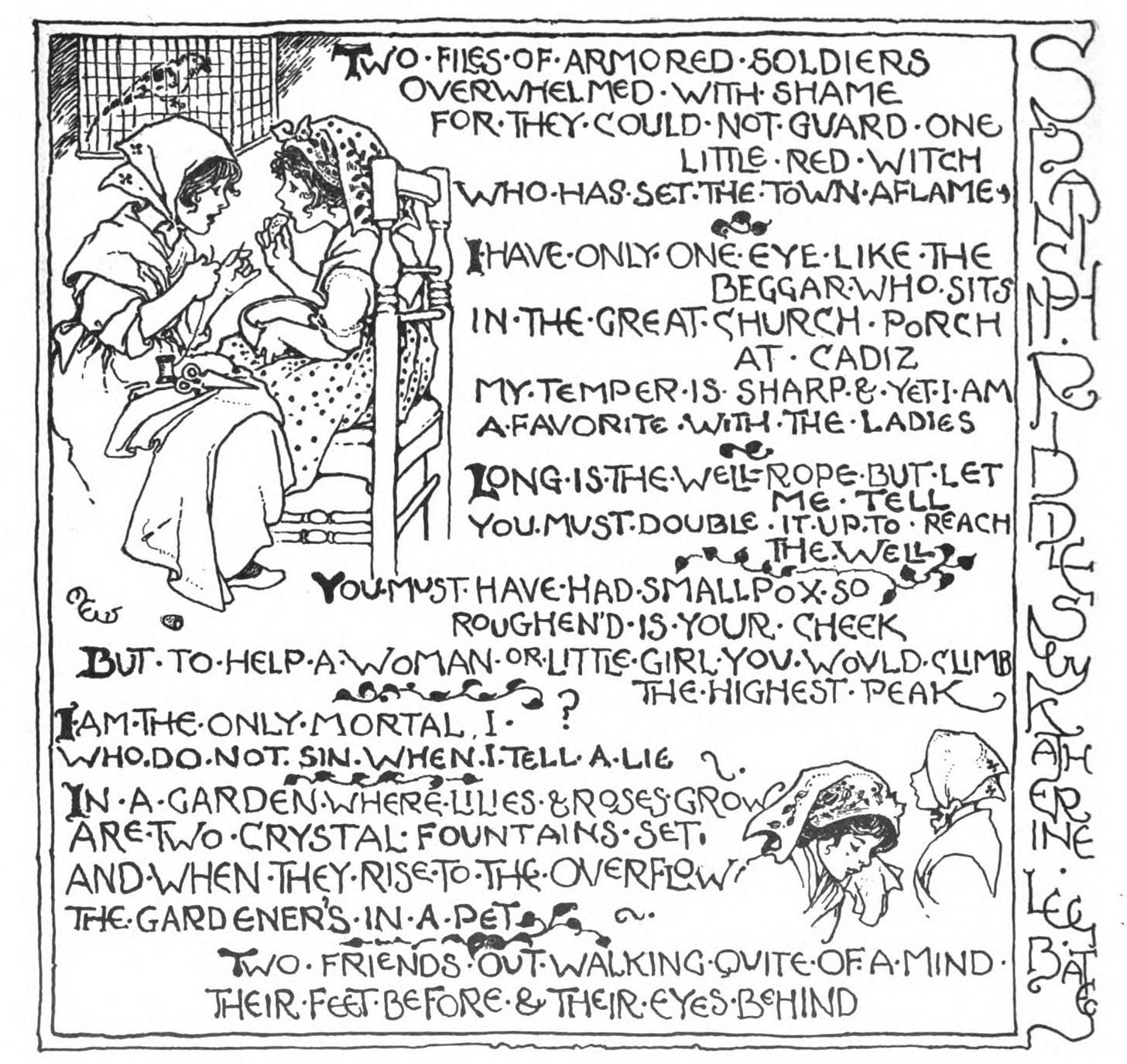



I love her work. Female illustrators from this period certainly don't get enough credit. There are a couple from Australia that were also wonderful artists but both of their names are escaping me right now!